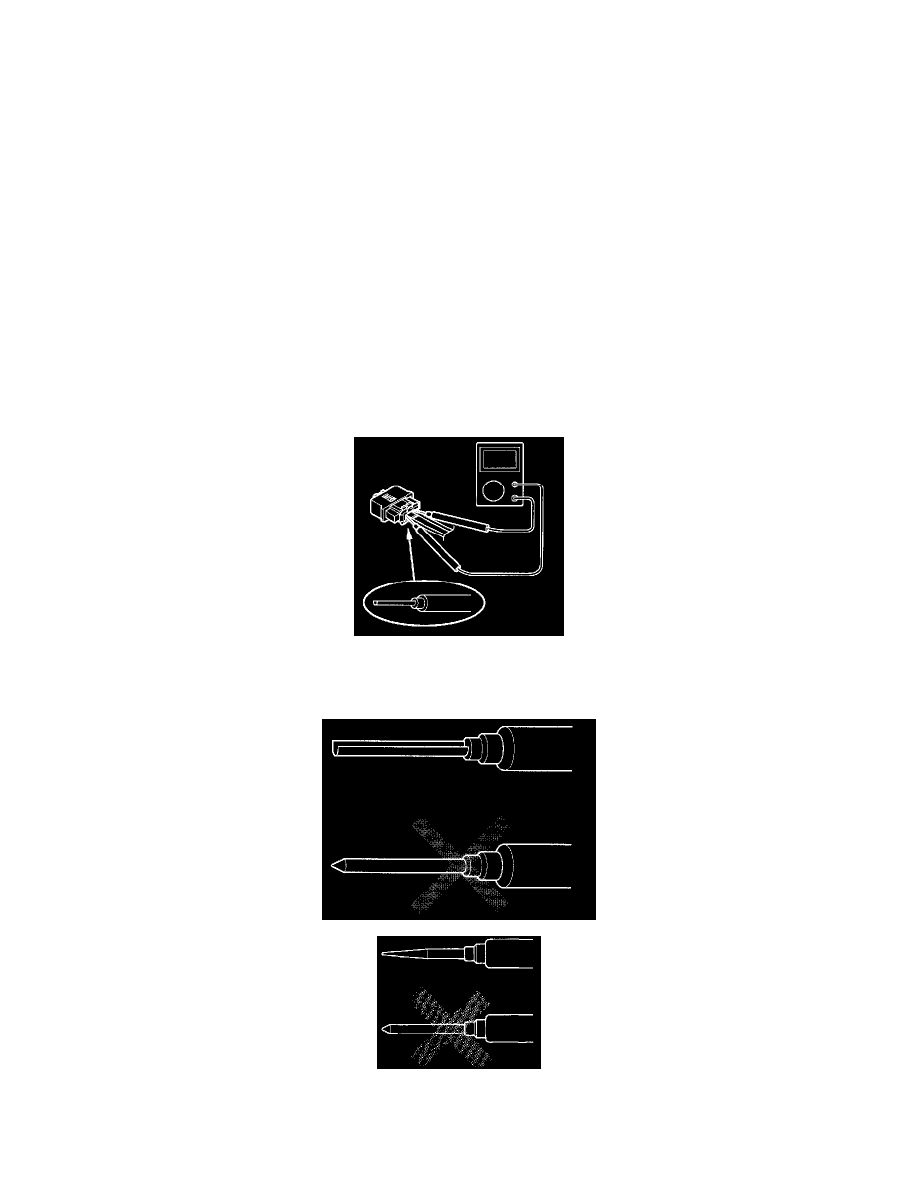Hombre XS Space Cab 2WD V6-4.3L (1998)

After the air bag assembly has been deployed, the surface of the air bag may contain a powdery residue. This powder consists primarily of cornstarch
(used to lubricate the bag as it inflates) and by products of the chemical reaction. Sodium hydroxide dust (similar to lye soap) is produced as a by product
of the
deployment reaction. The sodium hydroxide then quickly reacts with atmospheric moisture and is converted to sodium carbonate and sodium bicarbonate
(baking
soda). Therefore, it is unlikely that sodium hydroxide will be present after deployment.
Components
Before servicing or replacing lap and shoulder belts, including single loop seat belt systems, refer to the following precautions:
- Clean the seat belt webbing with a mild soap and water solution only. using a soft brush or cloth.
- Do not bleach or dye the seat belt webbing.
- Keep sharp edges and other damaging objects away from the seat belts.
- Replace any seat belts which are cut or damaged in any way.
- Do not bend or damage any portion of the seat belt buckle or the latch plate.
- Use only the correct seat belt anchor bolts and tighten them to the correct torque value.
- Start the anchor bolts by hand to ensure that they are not cross-threaded.
- Seat belts and retractors must be serviced as a set with service replacement parts only. Do not attempt to make repairs to the individual components.
- Verify that the replacement part number is correct for the vehicle at that seating position. Do not substitute a seat belt from a different seating position.
- Replace any seat belts which have a visible CAUTION label instructing replacement.
Electrical Test Equipment
When using electrical test equipment, insert the probe of the tester into the wire side of the connector. Do not insert the probe of the tester into the
terminal side of the connector, and do not tamper with the connector. Inserting the probe into the terminal side of the connector, and tampering the
connector could cause malfunction of the SRS system or an error in inspection.
Use a probe with the correct tip. Do not insert the probe forcibly.
Use specified service connectors in troubleshooting. Using tools which are not specified standard design could cause an error in inspection due to poor
